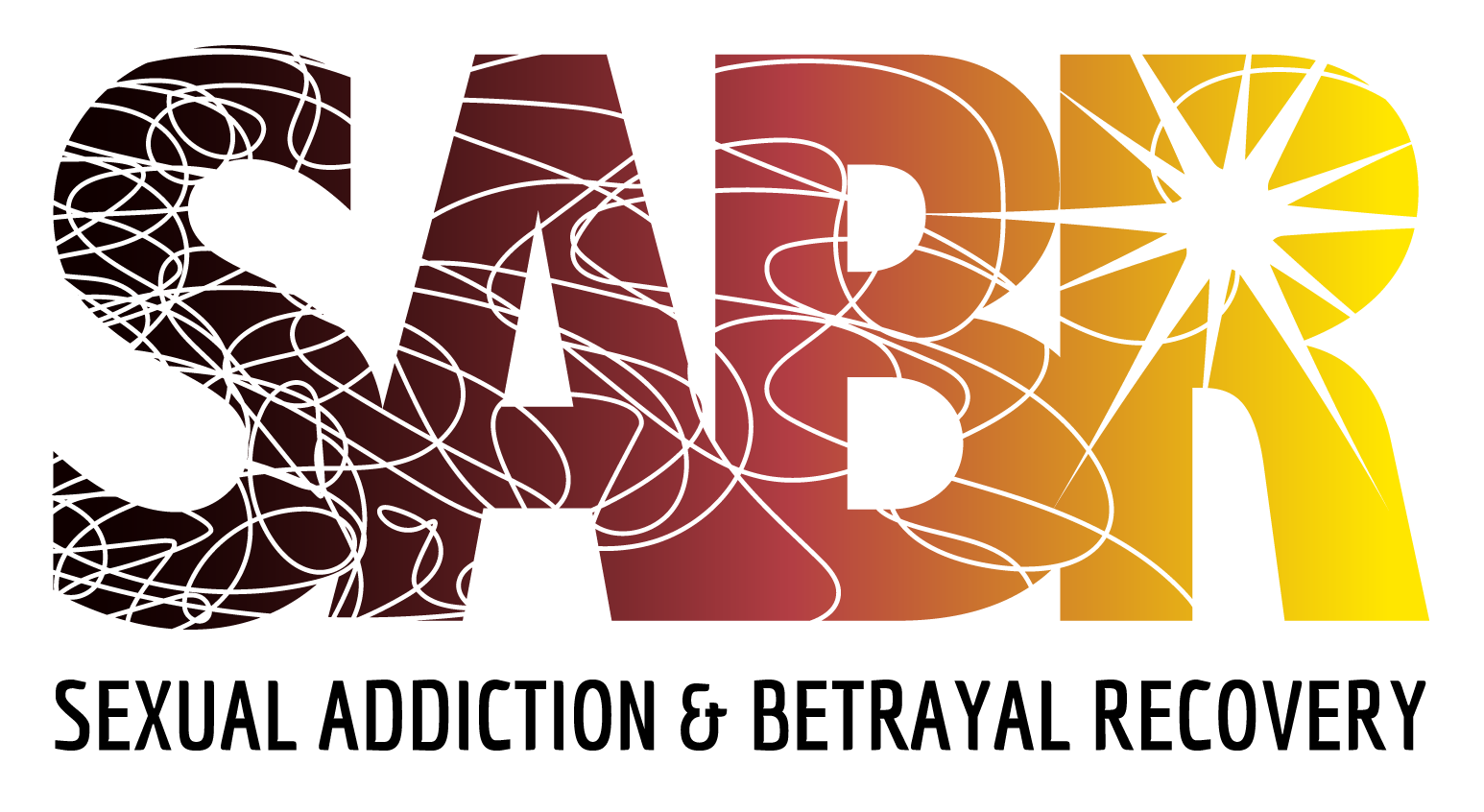
Pornography addiction is a pervasive issue in today's digital age, causing profound implications for mental health. The SABR program, along with researchers like Don Hilton, brings hope by emphasizing the brain's ability to change and heal, a concept known as neuroplasticity. This ability plays a crucial role in recovery, offering optimism for those grappling with addiction.
Understanding the Symptoms
- Impulse Control: Impulse control difficulties are prevalent in pornography addiction, manifesting as a relentless urge to consume explicit content. This compulsion, driven by altered brain circuitry, often leaves individuals feeling trapped and powerless.
- Social Cue Recognition: A significant aspect of addiction is impaired social cue recognition, making it challenging for individuals to interpret and respond to social situations appropriately. This deficit results in strained relationships and social isolation, further exacerbating the cycle of addiction.
- Emotional Numbness: Emotional numbness is a common symptom, where individuals find it hard to connect with their emotions and those of others. This disconnection from one's own feelings often leads to further withdrawal and a deepening dependence on pornography as a source of solace.
The Role of Neuroplasticity in Recovery
Neuroplasticity, the brain's remarkable ability to rewire itself, offers hope for recovery. Don Hilton's work elucidates how consistent engagement in healthy behaviors can gradually reshape brain circuits, fostering recovery from pornography addiction. By implementing strategies like cognitive-behavioral therapy (CBT), mindfulness, and the structured support of programs like SABR, individuals can rebuild impulse control, enhance social cue recognition, and rekindle emotional sensitivity.
Educational Strategies and Therapeutic Interventions
Educational strategies within the SABR program emphasize awareness, skill-building, and accountability, empowering individuals to understand the nature of their addiction. Therapeutic interventions focus on restructuring maladaptive thought patterns and behaviors, facilitating new, healthier brain pathways. Mindfulness practices further reinforce this restructuring by promoting awareness and acceptance, reducing the reliance on pornography as a coping mechanism.
Hope for Recovery
Recovery from pornography addiction is not only possible but attainable. Neuroplasticity provides a beacon of hope, illustrating that with dedication to recovery behaviors and appropriate therapeutic support, individuals can regain control over their lives. Don Hilton's insights, combined with the comprehensive approach of the SABR program, show that healing is achievable, and with it, a return to meaningful relationships and a fulfilling life.
Family Strategies Counseling Center has actively served clients since 2000 in treating pornography addiction and sexually compulsive behavior. Our SABR program for adults, Tribe for college, and Band of Brothers for teens can help you! Give us a call at (800) 614-8142 or visit our website for more information: Family Strategies Counseling Center.
References
Hilton, D. L. (2010). Wired for intimacy: How pornography hijacks the male brain. Zondervan.

 -->
-->